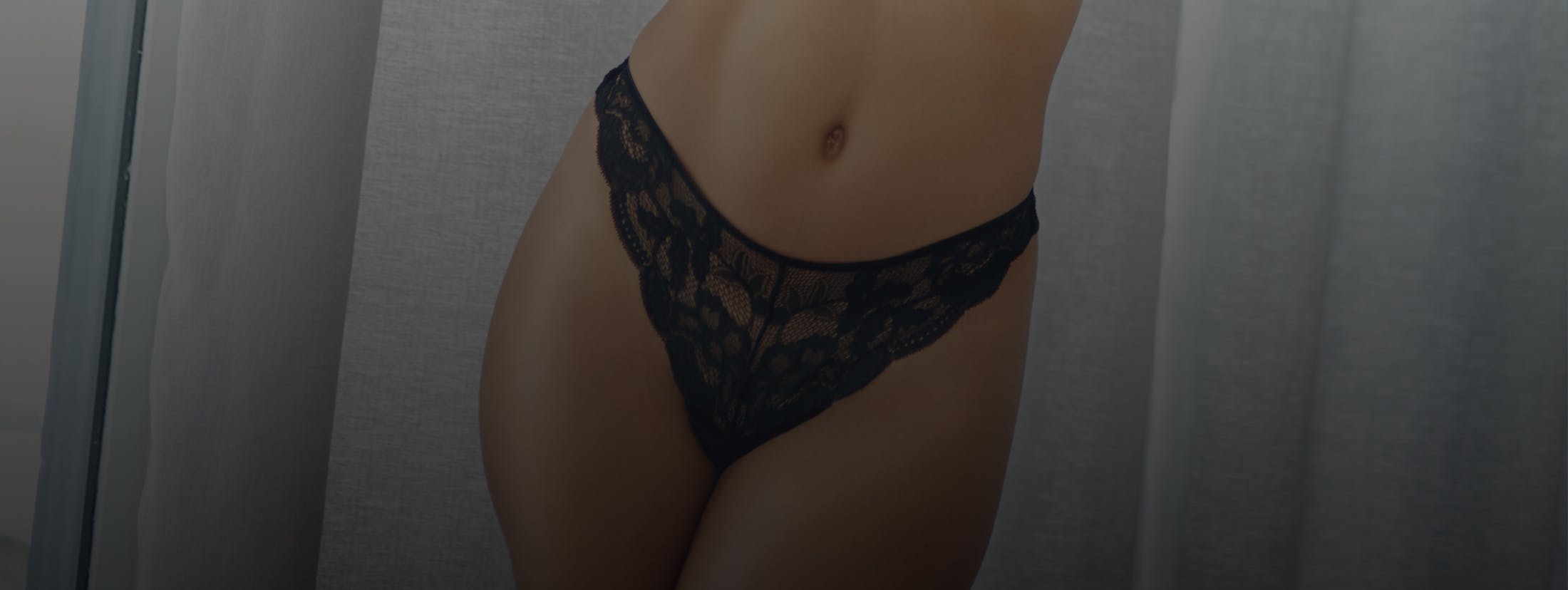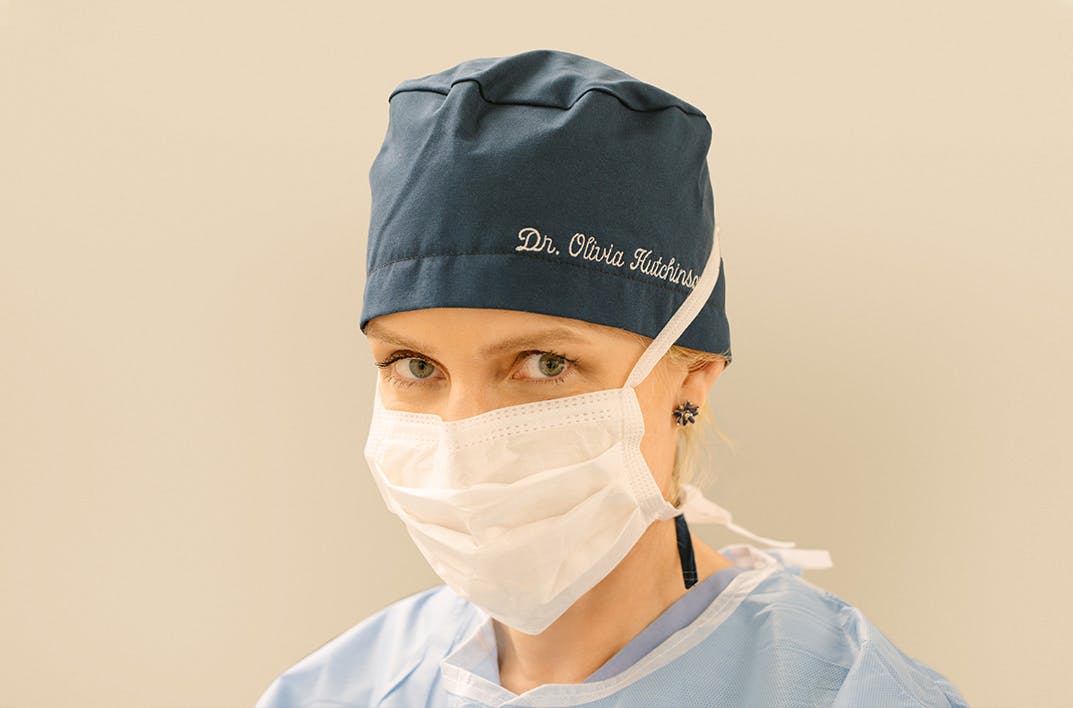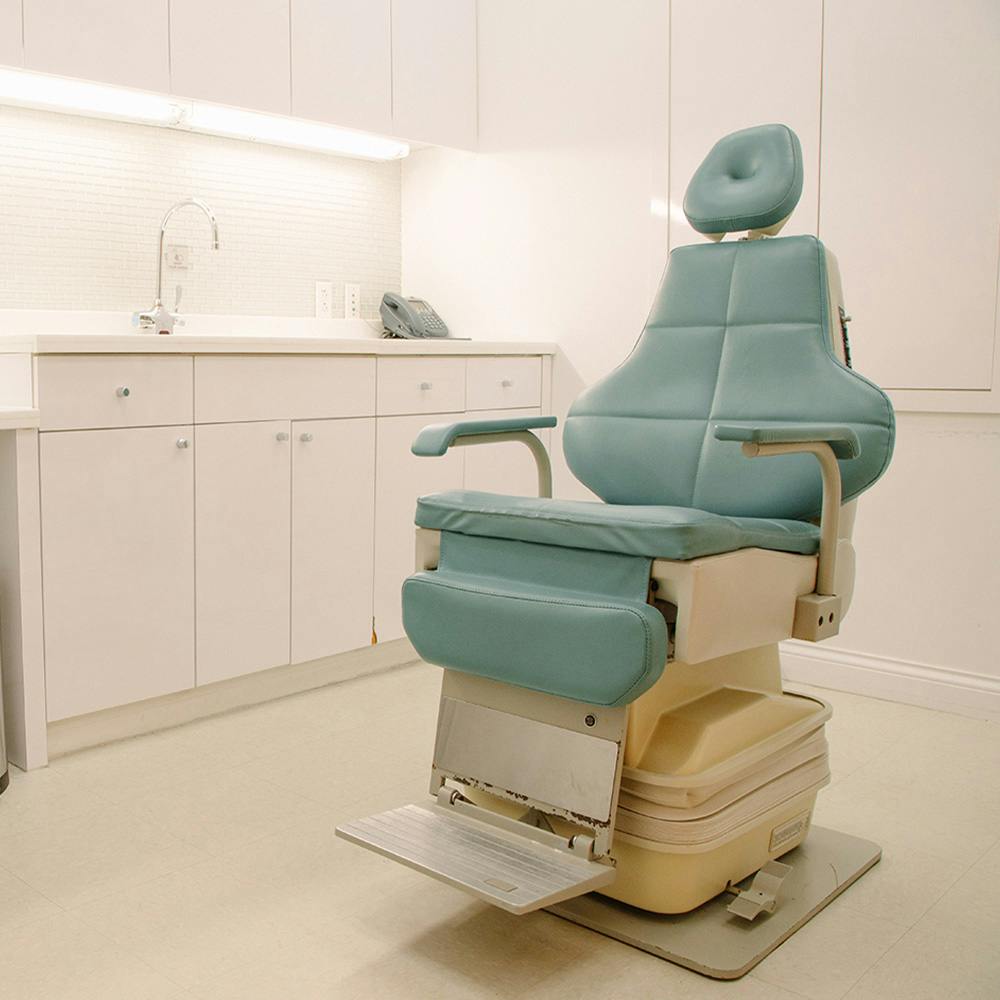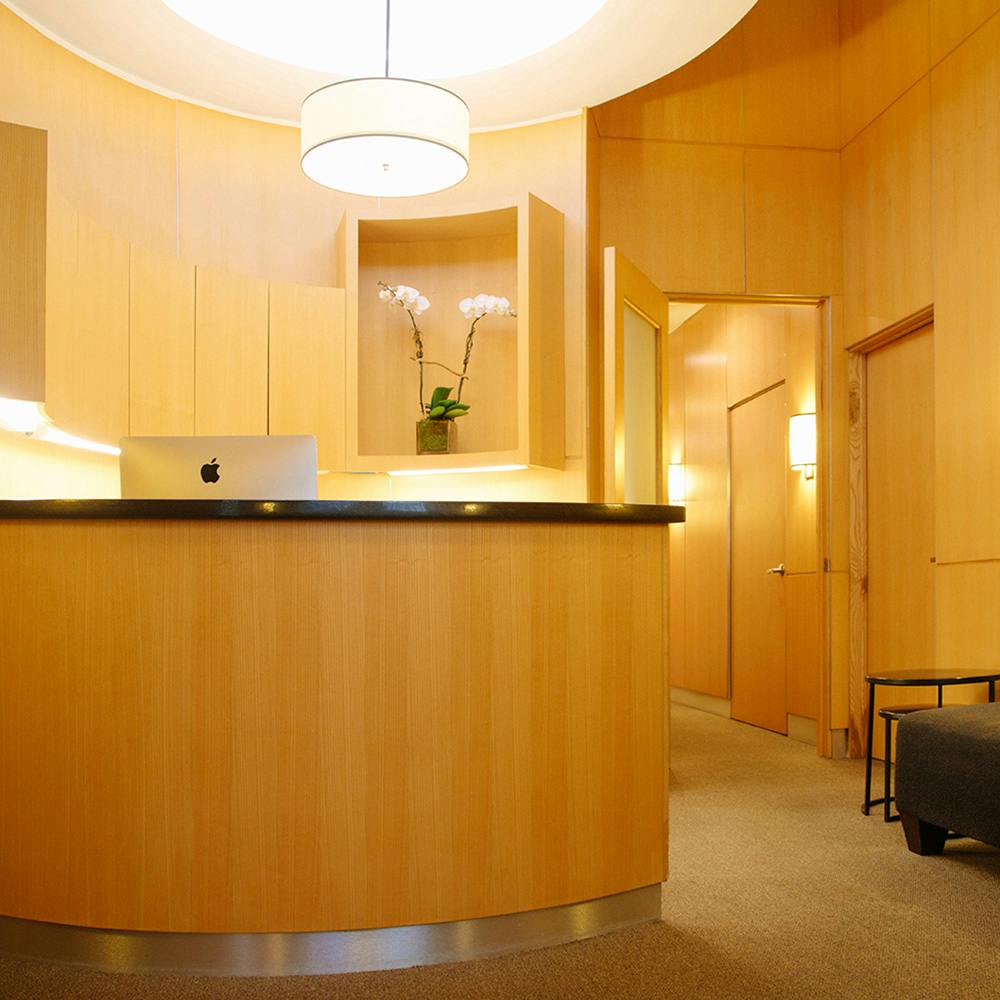One of Dr. Hutchinson’s most requested cosmetic surgeries is labiaplasty, a plastic surgery procedure of the labia designed to remove excess tissues, recontour the labia minora and majora, and reduce the clitoral hood. As a Fellowship trained, board certified plastic surgeon, Dr. Hutchinson has the technical acumen, artistic eye, and proven skill to deliver personalized, elegant results.
What Can Labiaplasty Address?
- Excessively long or thick labia minora
- Asymmetry between the labia minora
- Visible bulging when wearing tight clothing
- Discomfort during exercise and physical activities
- Rashes from friction and rubbing of the labia
- Flattened, misshapen, or hanging labia majora
- Irregularity from prior surgery or excisions on the labia



















